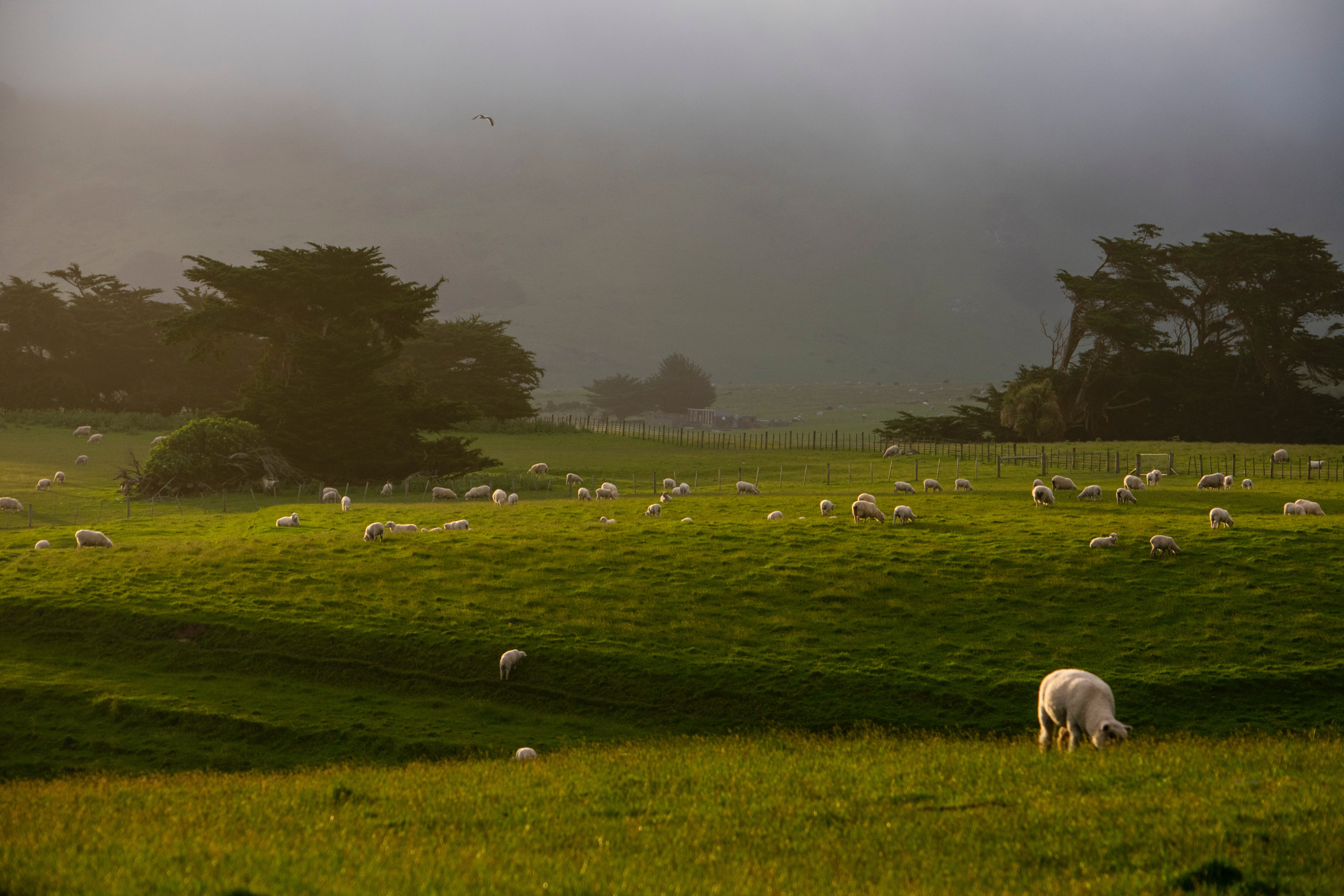



UK farmgate prices remain strong despite border concerns stemming from Brexit
Despite the Brexit trade agreement between the UK and EU, UK cattle producers must still contend with the new non-tariff conditions and biosecurity checks for exports.The Brexit agreement for tariff and quota-free trade between the UK and Europe was agreed on Christmas Eve. It removed important risks to the livestock market and with the reassurance it brings, farmgate prices - so far - remain strong. However, according to the latest market commentary from Quality Meat Scotland (QMS), those trading with Europe must come to terms with the new non-tariff conditions of export, including aspects of detail, like Export Health Certificates and pre-notification of movements.
Stuart Ashworth, QMS Director of Economic Services, noted that, although border control issues have been resolved, exporters are exercising caution.

“Whilst the border control concerns have been resolved for some border control posts, including the opening of Calais, red meat companies are very cautious about exporting product to Europe during these early days, with many sending only limited quantities as they get to grips with the new rules.”
He adds that the red meat sector also exports skins, hides and animal by-products, and that the non-tariff movement conditions of these products are onerous and are still lacking clarity.
“They have the potential of being restrictive and, without further guidance and clarity, may lead to a build-up of product in store, a weakening of prices and a consequential drop in processors’ returns.”
Despite this uncertainty, farmgate prices for cattle and sheep remain firm.
“Although cattle prices dipped after the peak Christmas buying period, they have started 2021 9 percent higher than last year, and are at their highest level for this time of year since 2014. Sheep prices, which started to strengthen in December, have continued to climb through into January.
“January 2021 prices for prime sheep are more than 25 percent higher than a year ago and also higher than the start of the lamb crop marketing year in May 2020; an unprecedented position for the sheep market.
“However, prime sheep throughputs in action marts have failed to reach last year’s heights this early in 2021,” he noted. “Cattle price reporting from abattoirs similarly show a sizeable reduction in kills during the first full trading week of 2021, although COVID-related staff shortages may have contributed to abattoir and cutting plant capacity,” said Mr Ashworth.
Prime lamb prices are firm among the major sheep producing countries of Europe suggesting continued consumer demand across Europe, as well as the UK.

“For example, Irish prices are around 20 percent higher than this time last year, while French producers started the year with prices 9 percent higher than a year ago. Across the EU, the average producer price for prime lambs is around 10% higher than last year. Quarterly UK, Irish and French slaughter volumes have also been lower than a year ago. Consequently, despite the disruption caused by Brexit, there has been firm British lamb export demand from France and Ireland to offset their reduced domestic production,” added Mr Ashworth.
Although sheepmeat exports are a significant part of demand from the UK, they are not all of it, with the continuation of firm price suggest that steady domestic demand also exists.
“Although lagging somewhat, data from Kantar Worldpanel to the end of November 2020 indicates a significant increase in household purchases of lamb during the final quarter of 2020 as more in-home cooking was done. The latest indication of retail price from the Office of National Statistics (ONS) suggests the retail price of lamb has increased just over 2 percent on a year ago, which suggest some tightening of margin in abattoir to consumer links in the supply chain,” said Mr Ashworth.
He concluded that, with the revised June 2020 UK agricultural census pointing towards a 1 percent reduction in the 2020 lamb crop, and UK slaughter numbers since June being higher than in 2019, the expectation is the reduced carryover of hoggs into 2021. Slaughter numbers then are likely to remain tight and, with traders becoming more familiar with the demands of exporting to Europe, the outlook for farmgate prime sheep prices is for them to remain firm.


